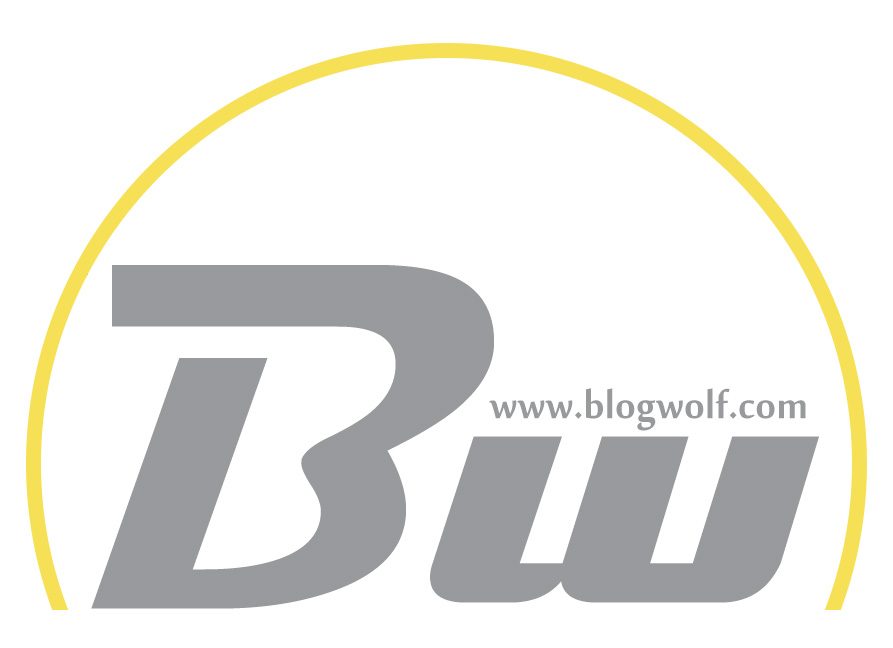Table of Contents
Google Search Console is a powerful tool that provides valuable insights into how your website performs in Google’s search results. One of the essential sections within Google Search Console is the “Crawl” reports. These reports offer crucial information about how Google’s search engine crawls and indexes your website. Understanding and utilizing these reports can help you identify and resolve any crawling issues, improve your website’s visibility, and enhance your overall SEO efforts. In this comprehensive guide, we will explore the various “Crawl” reports available in Google Search Console and how you can use them effectively.

What are Google Search Console “Crawl” Reports?
Google Search Console “Crawl” Reports provide valuable insights into how Google’s search engine crawls and indexes your website. These reports offer detailed information about any crawling errors, indexing issues, and overall website coverage. By analyzing the data in these reports, website owners and SEO professionals can identify and resolve crawling and indexing problems that may affect their website’s visibility in search results. The “Crawl” Reports in Google Search Console include the Crawl Errors report, which highlights errors encountered while accessing and indexing pages; the Coverage report, which shows the indexing status and any issues preventing certain pages from being indexed; the Sitemaps report, which allows submission and monitoring of XML sitemaps; the Fetch as Google tool, which simulates how Googlebot views and renders web pages; and the URL Inspection tool, which provides detailed information about the crawling and indexing of specific URLs. These reports are essential for optimizing website crawling and indexing, improving SEO efforts, and enhancing online visibility.
1. Crawl Errors Report
The Crawl Errors report is a vital resource that highlights any issues encountered by Google’s crawlers while accessing and indexing your website’s pages. This report is divided into two sections: “Site Errors” and “URL Errors.” Site Errors provide an overview of critical errors affecting the entire site, such as server errors or DNS resolution problems. URL Errors, on the other hand, display specific page-level issues, including “Not Found” errors (404), soft 404s, and other HTTP status codes. By regularly monitoring this report, you can identify and fix any crawling errors that may hinder your website’s visibility in search results.
2. Coverage Report
The Coverage report provides an in-depth view of the indexing status of your website. It shows how many of your website’s pages are indexed by Google, along with any issues preventing certain pages from being indexed. The report categorizes pages into four statuses: “Error,” “Valid with Warnings,” “Valid,” and “Excluded.” By analyzing the coverage report, you can identify and address issues such as duplicate content, redirect errors, or blocked resources, which may impact the visibility of your website in search results.

3. Sitemaps Report
The Sitemaps report allows you to submit and monitor XML sitemaps for your website. XML sitemaps help search engines discover and understand the structure of your website, ensuring that all relevant pages are crawled and indexed. Within the Sitemaps report, you can view the status of submitted sitemaps, the number of indexed pages, and any errors or warnings related to the sitemaps. By regularly submitting and monitoring your XML sitemaps, you can ensure that Google effectively crawls and indexes your website’s content.
4. Fetch as Google
The Fetch as Google feature allows you to simulate how Google’s crawlers see and render your web pages. By entering a specific URL into this tool, you can understand how Googlebot views your page’s HTML code and the resources it requires for proper rendering. This information is crucial for identifying and troubleshooting any rendering issues that may affect the crawling and indexing process. Fetch as Google also allows you to submit individual URLs for indexing, ensuring that important pages are promptly discovered and included in search results.
5. URL Inspection
The URL Inspection tool provides detailed information about how Google crawls and indexes a specific URL on your website. By entering a URL into this tool, you can view the last crawl date, indexing status, and any issues or warnings detected during the crawling process. The URL Inspection tool also displays the rendered HTML code, along with any JavaScript errors or blocked resources that may impact search engine visibility. This tool is particularly useful for analyzing and optimizing individual pages to ensure they are correctly indexed and displayed in search results.
Google Search Console’s “Crawl” reports offering valuable insights into how Google’s search engine crawls and indexes your website. By utilizing these reports effectively, you can identify and resolve any crawling issues that may affect your website’s visibility in search results. Regularly monitoring the Crawl Errors, Coverage, Sitemaps, Fetch as Google, and URL Inspection reports will help you optimize your website’s crawling and indexing process, improve your SEO efforts, and enhance your overall online presence. Take advantage of these reports within Google Search Console to ensure that your website is effectively crawled, indexed, and displayed to users searching for your content.

